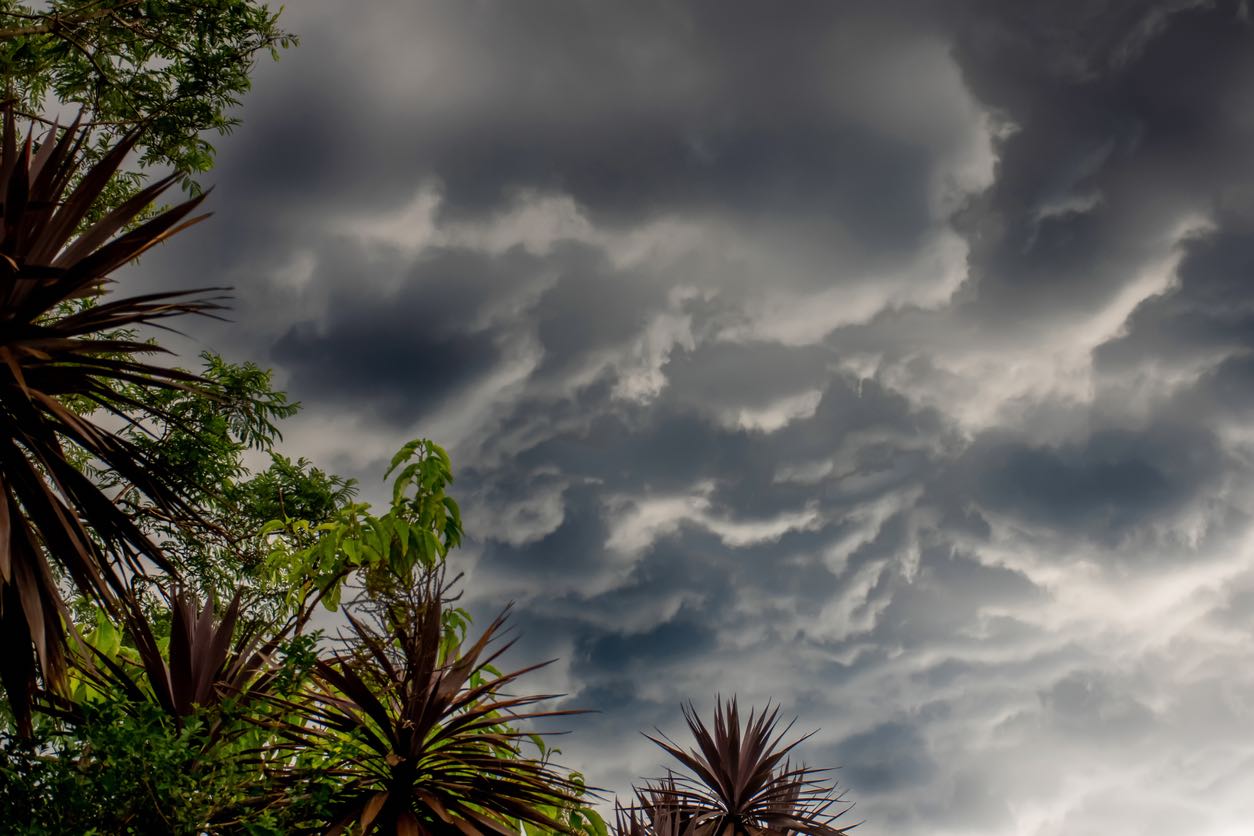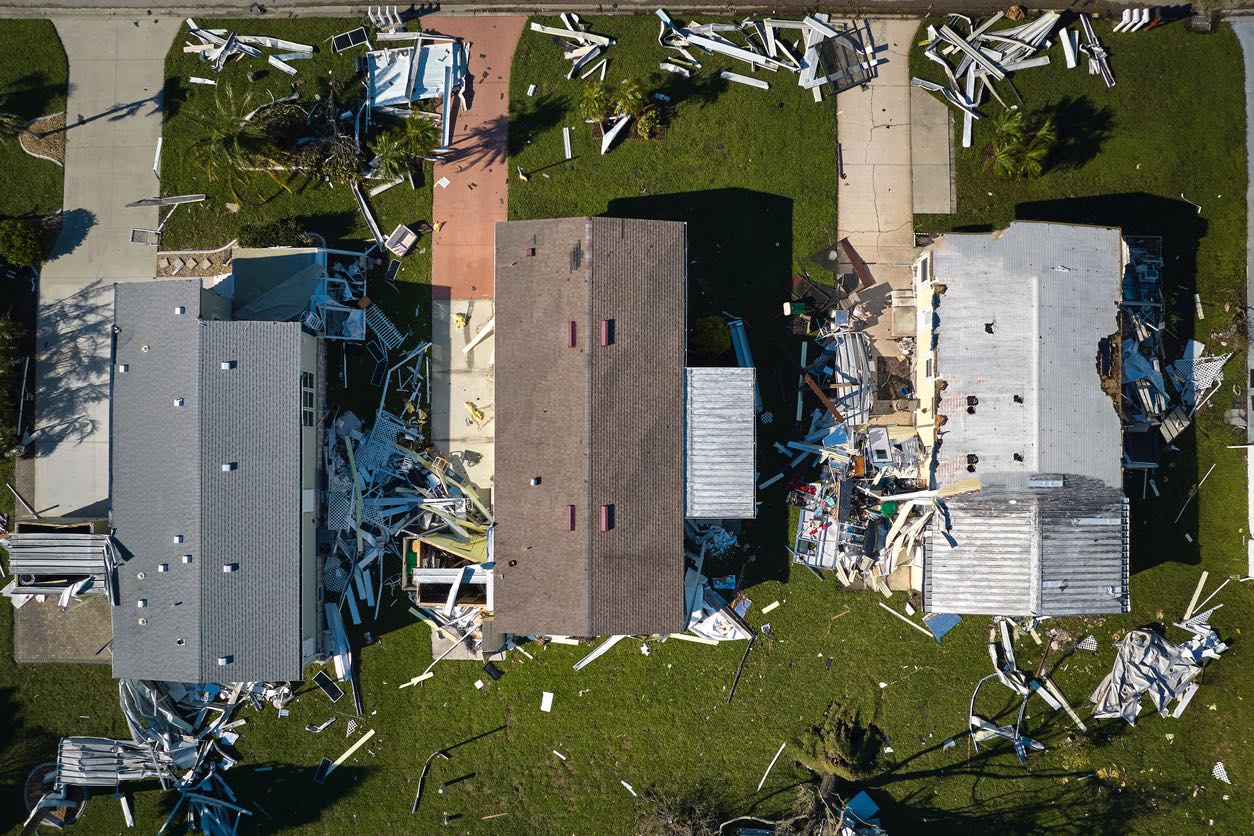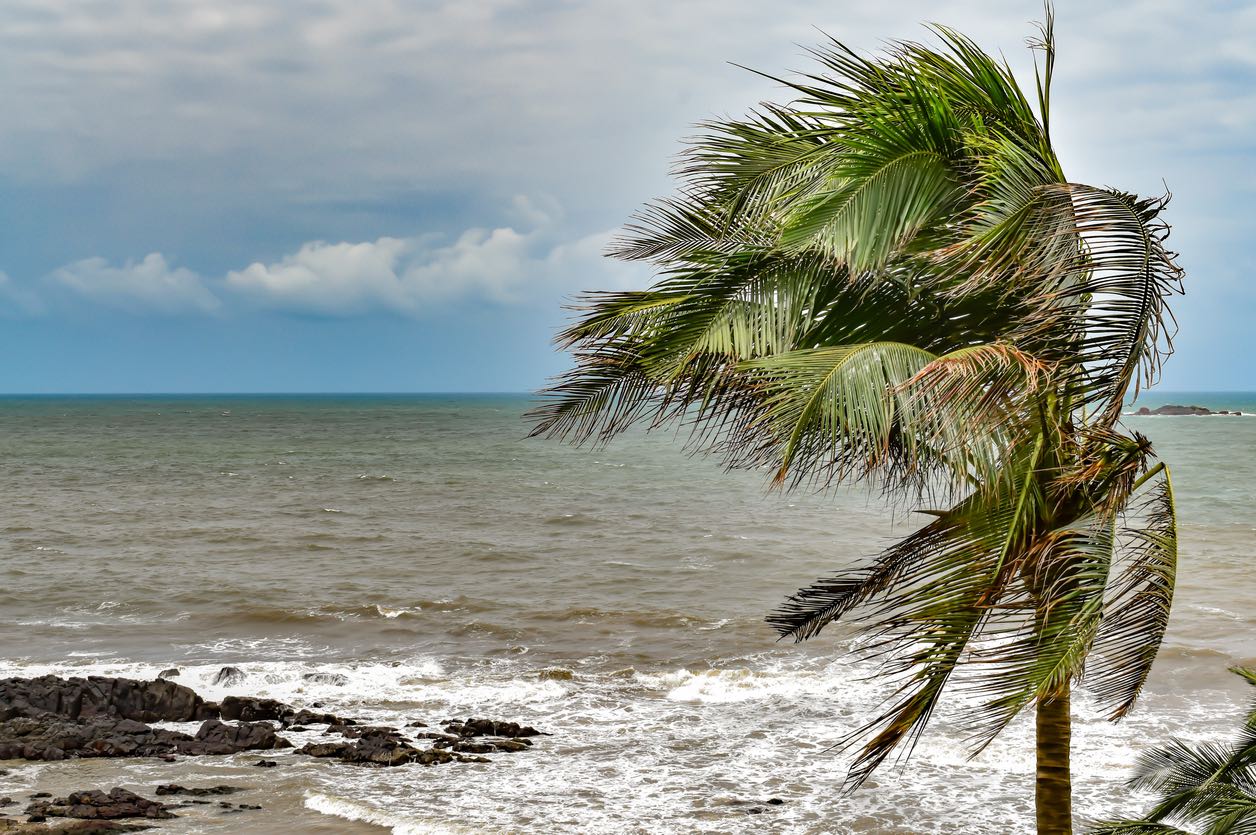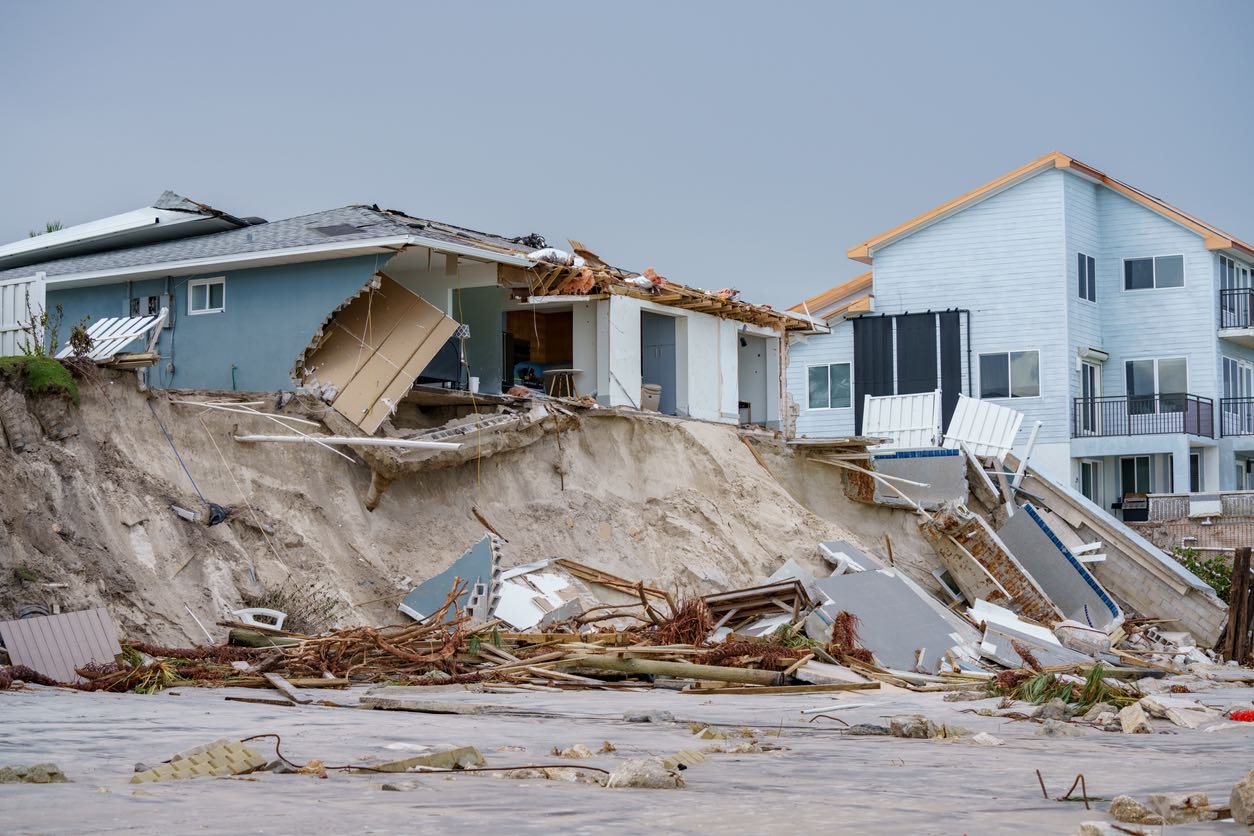As the amber hues of fall leaves begin their descent to the ground, our anticipation is already building towards the frost-laden horizon of winter 2023. This year, the crisp chill in the air is combined with hints of change, indicating the imminent arrival of El Niño—a climatic enigma that has the deep power to completely alter our winter experiences and landscapes. El Niño, which has been dormant for several years, finally comes to life, announcing a winter season that will be very different from the ones that have come before it, with a mosaic of climate differences that will affect the entire country.
A climatic song that is the reappearance of El Niño accompanies all changes in atmospheric patterns, oceanic temperatures, and precipitation. It is not simply a passing whisper in the wind. Warmer-than-average sea surface temperatures in the central and eastern Pacific Ocean are the hallmark of this phenomenon, which is a component of the wider El Niño Southern Oscillation (ENSO). Beyond the water, this warming is having a cascading influence on weather patterns and other climatic changes throughout the continent. To prepare for a winter when the unexpected becomes the standard, the US must be flexible in order to navigate the various effects of El Niño’s climatic dance.

The equatorial Pacific Ocean experiences temperature swings in a symphony due to El Niño, which is also referred to as a climatic dance. This phenomena occurs when the ocean’s surface warms for an extended period of time, influencing global weather patterns. While El Niño provides its own set of distinct climate changes, La Niña has dominated the last three winters, bringing with it parched conditions in the South and much-needed snowfall in the West.
To have a greater understanding of El Niño science, it is imperative to acknowledge its pivotal position in the El Niño Southern Oscillation (ENSO). This oscillation is a recurrent pattern of climate change including variations in Pacific Ocean water temperature, which affects global weather patterns. Communities across the United States must grasp the subtleties of El Niño and get ready for its varied repercussions as we prepare for its arrival in 2023.
El Niño winters are like finely woven tapestries; each weaves a unique story, yet they are all connected by changes in precipitation patterns and temperature. The jet stream, a winding river of air that directs storms and frequently takes a southern course during an El Niño winter, is crucial. This change creates a symphony of varied weather conditions throughout the broad territory of the United States, from the busy streets of New York to the gorgeous shores of California.
El Niño is predicted to dance in an especially colorful way in 2023, with a variety of weather abnormalities predicted by meteorologists and climate scientists. While the North may see milder and drier conditions, regions in the South may see colder temperatures and more precipitation, providing a break to areas suffering from drought. Although exciting, this climatic ballet requires adaptability and intelligence to minimize any risks and take advantage of the opportunities provided by the constantly shifting weather pattern.

In 2023, the southern states of the US are bracing for a season marked by the rhythmic patter of rain and a noticeable dip in temperatures, courtesy of El Niño. Areas that often struggle with drought conditions, including Texas, Louisiana, and Mississippi, could see a welcome uptick in precipitation. This combination of colder temperatures and more precipitation is expected to produce a variety of wintry weather conditions, including sleet, freezing rain, and snow, which will cover the southern landscape in a blanket of frost.
Anticipating these changes in climate demands adaptable tactics and readiness to lessen any difficulties. Local government and residents are preparing to deal with icy roadways, effectively use water resources, and maintain everyday operations in spite of weather fluctuations. The communities in the south may use El Niño to their advantage by being prepared and taking proactive steps to improve resilience and environmental stewardship.
The Northern states of the United States, which include the quiet Pacific Northwest and the busy Midwest, are preparing for a moderate and peaceful winter. The very low number of storms predicted by the forecast will allow these locations to enjoy more temperate weather. But there are drawbacks to this decreased storm frequency as well, especially for regions dealing with the effects of protracted droughts and the need to preserve critical snowpack levels.
The Midwest’s storm scarcity makes the current drought conditions worse, necessitating creative thinking and flexible approaches to properly manage water supplies. In the meanwhile, the snowpack in the Pacific Northwest is a major supply of water, and the predicted warmer winter will make it difficult to restock these crucial supplies. Both locals and authorities are urged to take action, looking for sustainable methods and adaptable strategies to deal with the particular environment of the season and lessen any negative effects.

El Niño is a particularly wild partner for California and the Southwest in the dance of climate trends. Recognized for its varied topography and temperature, the area confronts a range of possible consequences, all dependent on the intensity and nature of the El Niño event. A strong El Niño performs the role of a conductor, directing a symphony of storms that provide much-needed high-altitude snow and low-elevation rain, which are essential for the region’s ecosystems and water reserves.
On the other hand, if El Niño is less active, the area may have a rain dance without any clouds, worsening the dry conditions already present and putting a pressure on water supplies. The uncertainty surrounding El Niño’s impact underscores the importance of preparedness and adaptability for the residents and environmental stewards of California and the Southwest. Communities may effectively manage the different patterns of El Niño and avoid possible issues by remaining educated and taking proactive measures.

The climate in the Northeastern United States is unpredictable, particularly in the event of an El Niño winter in 2023. This region—known for its peaceful scenery and bustling cities—is at the mercy of El Niño’s erratic behavior. Variability is created by the interaction between warmer weather and the possibility of strong coastal storms along the Atlantic Coast, which keeps locals alert as they adjust to the constantly shifting weather patterns.
The equatorial Pacific Ocean’s warming is causing this climatic dance, which presents a variety of weather conditions, each with its own advantages and disadvantages. Both locals and government prepare for a season of alertness by putting plans in place to lessen the effects of unexpected snowfall and freezing rain. A story of adaptability and perseverance, as people join together to appreciate the beauty of a changing winter environment and negotiate the uncertainties, is told about winter in the Northeast during El Niño.
Examining the archives of climate history, every El Niño season appears as a distinct fabric fashioned from many weather strands. For example, the 2018–2019 season was the wettest winter on record for the US mainland due to an unparalleled rainfall. Numerous storms occurred throughout this time, each leaving a lasting mark on the regions they passed through, from the rain-soaked plains of the South to the snow-capped peaks of the Rockies.
On the other hand, the winter of 2015–2016 created an entirely different climate picture, with El Niño’s warmth blanketing the earth and leading to the warmest season on record. Even with the high temperatures, there were also plenty of spectacular weather occurrences this season, such as a powerful blizzard that stopped the East Coast’s busy trade. These historical echoes highlight the need of being ready and flexible in the face of climate unpredictability by serving as a clear reminder of El Niño’s unpredictable character.

With El Niño winter just around the corner, it’s critical to understand its complex nature and get ready for all of its possible effects. El Niño’s dance is a symphony of opposites, with the capacity to provide warmth to the cold North or bountiful rains to the desert South. We may better manage seasonal swings and appreciate the distinct climatic rhythm that El Niño delivers to the United States by keeping up with the newest advancements and by learning from past patterns.
In the midst of such climatic variability, Ship A Car, Inc. stands out as a pillar of dependability for shipping vehicles across the diverse landscapes of the United States. Whether you need to ship a compact car, a luxury SUV, or hefty freight, our comprehensive services cater to a wide spectrum of transportation needs, even in the unpredictable conditions of an El Niño winter. Our seasoned team leverages extensive knowledge and experience to overcome El Niño-induced challenges, ensuring the safe and timely delivery of your vehicle, come rain, snow, or sunshine.
Choosing Ship A Car, Inc. as your transportation partner means entrusting your vehicle to the best car shipping company, renowned for its commitment to customer satisfaction and reliability. Our reputation as the best freight shipping company is underpinned by a track record of successfully navigating through diverse weather conditions, including the complexities of El Niño winters. Don’t let the uncertainties of the season disrupt your plans—choose Ship A Car, Inc. for a seamless, secure, and stress-free vehicle shipping experience, and let us navigate the climatic dance of El Niño on your behalf.
Q1: How does El Niño affect the weather patterns in the United States?
A1: El Niño warms the equatorial Pacific Ocean, causing shifts in the jet stream and influencing weather patterns across the US. It typically brings cooler, wetter conditions to the South, milder conditions to the North, and varied impacts to other regions.
Q2: How can I prepare for the changes brought about by an El Niño winter?
A2: Stay informed about weather forecasts, prepare your home and vehicle for extreme conditions, and have emergency supplies ready to navigate through an El Niño winter safely.
Q3: How does Ship A Car, Inc. ensure the safe and timely delivery of vehicles during the unpredictable conditions of an El Niño winter?
A3: Ship A Car, Inc. stands as a beacon of reliability, offering comprehensive vehicle shipping services across the United States, regardless of the diverse and unpredictable conditions brought about by an El Niño winter. The company boasts a seasoned team with extensive knowledge and experience in overcoming El Niño-induced challenges. Prioritizing communication, we keep our customers well-informed throughout the transportation process and do our utmost to adhere to schedules, ensuring peace of mind. By leveraging our expertise and commitment to customer satisfaction, Ship A Car, Inc. guarantees the secure and punctual arrival of your vehicle, come rain, snow, or shine, making us a preferred choice for transportation needs during El Niño seasons.




